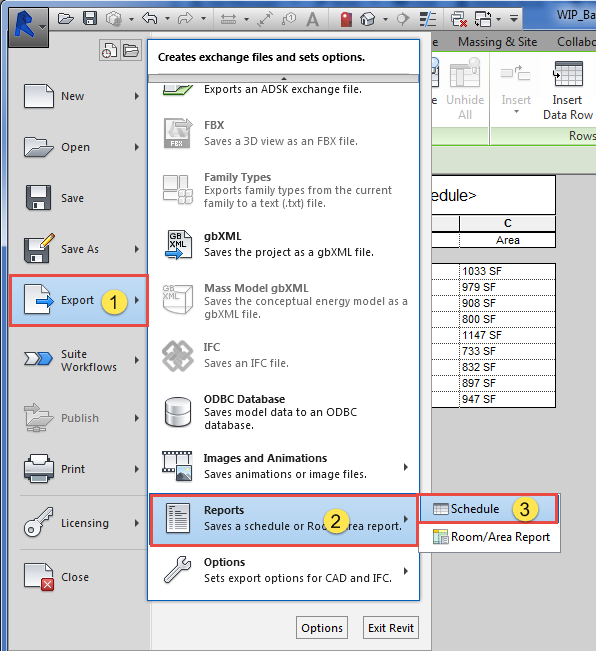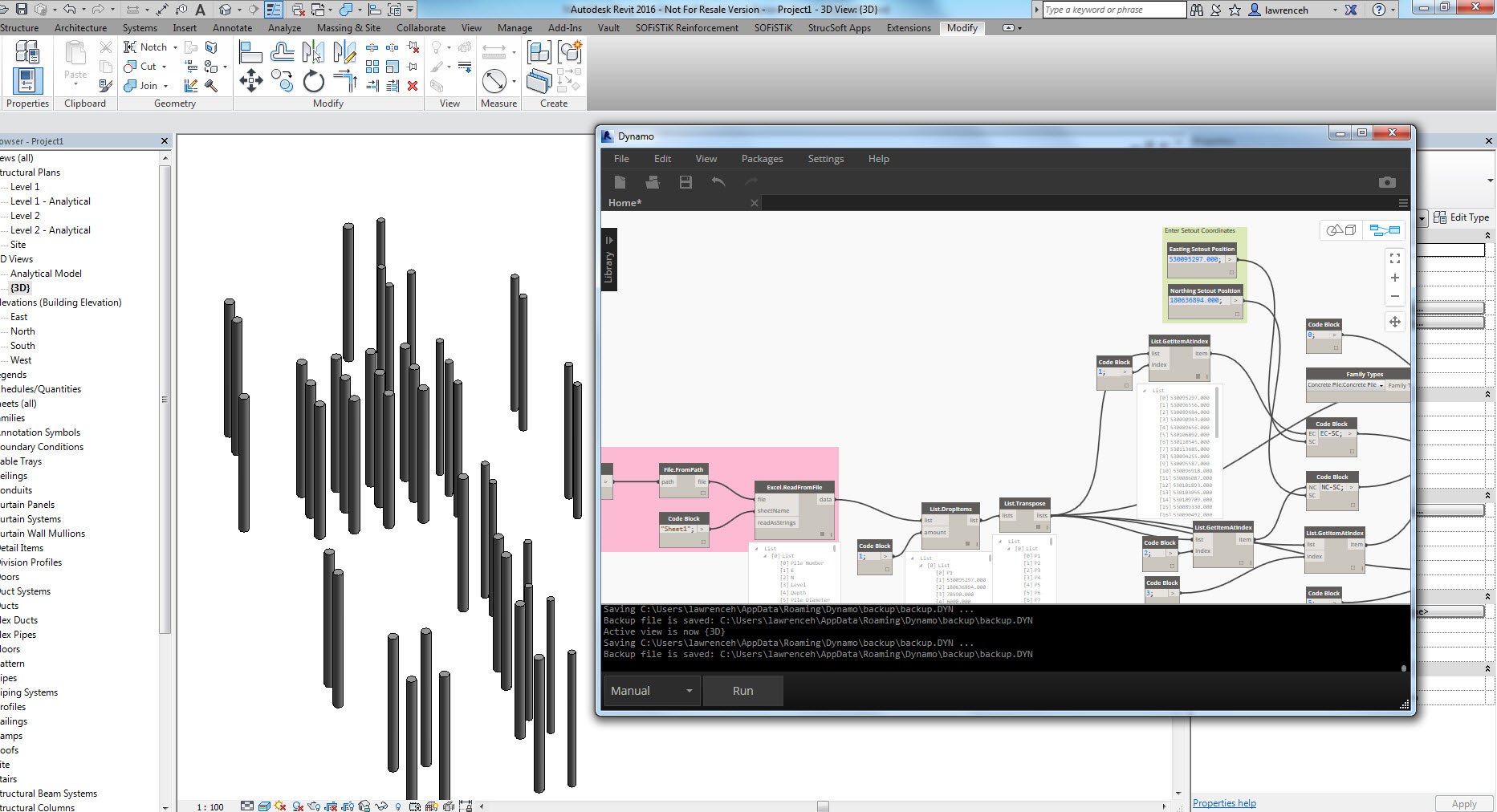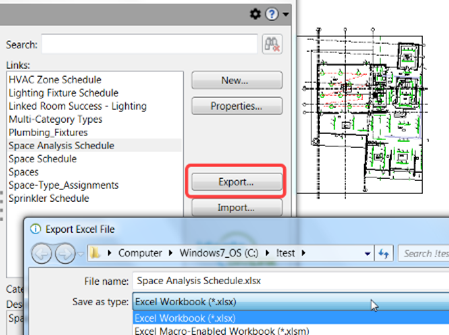Perfectly Import Excel into Revit: Increase Your Efficiency
Wiki Article
Mastering the Art of Data Integration: Exactly How to Seamlessly Import Excel Info Into Revit
In this write-up, we will certainly assist you through the process of mastering the art of information integration. Get all set to prepare your Excel data easily and follow our step-by-step overview to import data right into Revit. With our best methods, you'll accomplish information assimilation success in no time.Recognizing the Relevance of Data Assimilation in Revit
Comprehending the importance of information integration in Revit is critical for seamless importing of Excel files. When you integrate information from Excel into Revit, it permits you to efficiently upgrade and handle info throughout the whole project. This assimilation guarantees that your layout and building procedure is precise and up-to-date.By integrating information, you can easily import and upgrade criteria, schedules, and even geometry in Revit. This removes the demand for manual information access, conserving you time and reducing the risk of mistakes. With Revit's information integration capacities, you can maintain uniformity and precision in your task, while additionally boosting cooperation amongst employee.

Exploring the Excel Documents Layout for Revit Assimilation

In order to efficiently integrate Excel data into Revit, it is vital to make sure that the data is formatted properly. This includes properly classifying rows and columns, along with structuring the data in such a way that works with Revit's information schema. Revit uses specific criteria and classifications to organize data, so it is necessary to align the Excel information with these criteria to make certain a smooth assimilation.
Furthermore, it is necessary to keep in mind that Revit just supports specific data types when importing from Excel. These include text, numbers, and dates. Any kind of other data kinds, such as formulas or conditional format, will certainly not be identified by Revit and may create concerns throughout the integration procedure.
Preparing Your Excel Information for Seamless Import Into Revit
To guarantee a smooth combination procedure, you'll need to effectively layout and label the columns and rows in your Excel data before importing it into Revit. Begin by analyzing your Excel data and identifying which rows and columns contain appropriate information for your Revit project.Next, make sure that the information in each column is appropriately formatted. If you have a column for measurements, make sure that all dimensions are continually formatted in the same systems of dimension. Revit counts on constant format to precisely translate and import data.
Additionally, it is very important to look for any kind of empty cells or incongruities in your data. Revit may not have the ability to review or import information from cells that are empty or consist of errors. As a result, it is suggested to assess your Excel information and tidy up any kind of disparities prior to importing it into Revit.
Step-By-Step Overview to Importing Excel Files Into Revit
Once you have actually effectively formatted and classified your Excel information, you can easily import it right into Revit by following this detailed guide. To start, open Revit and browse to the "Insert" tab. revit tool.Next, a dialog box will certainly show up, allowing you to customize the import settings. Right here, you can pick the worksheet you wish to import, define the array of cells to import, and choose the ideal units for your information. Once you've made your choices, click "OK" to proceed.
Revit will certainly now present a sneak peek of your Excel information. Take a minute to evaluate the sneak peek and make sure that every little thing looks correct. If needed, you can make changes to the import settings by clicking on the "Settings" button.
Ideal Practices for Information Combination Success in Revit
Make certain you follow these ideal techniques to ensure effective integration of information in Revit. It is critical to arrange your information in Excel prior to importing it right into Revit. Be conscious of the units and data types when mapping the information, as any inconsistencies can lead to errors in the integration process.Another important method is to consistently validate and update your data. In addition, make revit plugins use of data validation devices within Revit to recognize any mistakes or incongruities in the incorporated information.
Finally, it is suggested to develop a clear workflow for data assimilation. This includes specifying functions and duties, establishing up a communication network between group participants, and establishing a normal tempo for information updates and evaluations. By adhering to these finest practices, you can make sure a smooth and successful assimilation of information in Revit, eventually improving the efficiency and precision of your task.
Conclusion
Finally, mastering the art of information combination is crucial for smooth import of Excel submits into Revit. Recognizing the significance of information integration in Revit is the initial action in the direction of effective combination. Checking out the Excel file layout for Revit assimilation helps in recognizing the constraints and demands. Preparing the Excel data appropriately and complying with a step-by-step overview is essential for a smooth import process. By following finest practices, you can ensure data assimilation success in Revit and make one of the most out of your job.When importing information from Excel into Revit, it is crucial to understand the file style and how it can impact the integration process (revit plugins). Revit utilizes details parameters and categories to organize data, so it is essential to align the Excel information with these parameters to make certain a smooth assimilation
Be conscious of the data and devices types when mapping the data, as any kind of disparities can lead to errors in the combination procedure.
Furthermore, make use of data validation tools within Revit to identify any mistakes or inconsistencies in the integrated data.

Report this wiki page